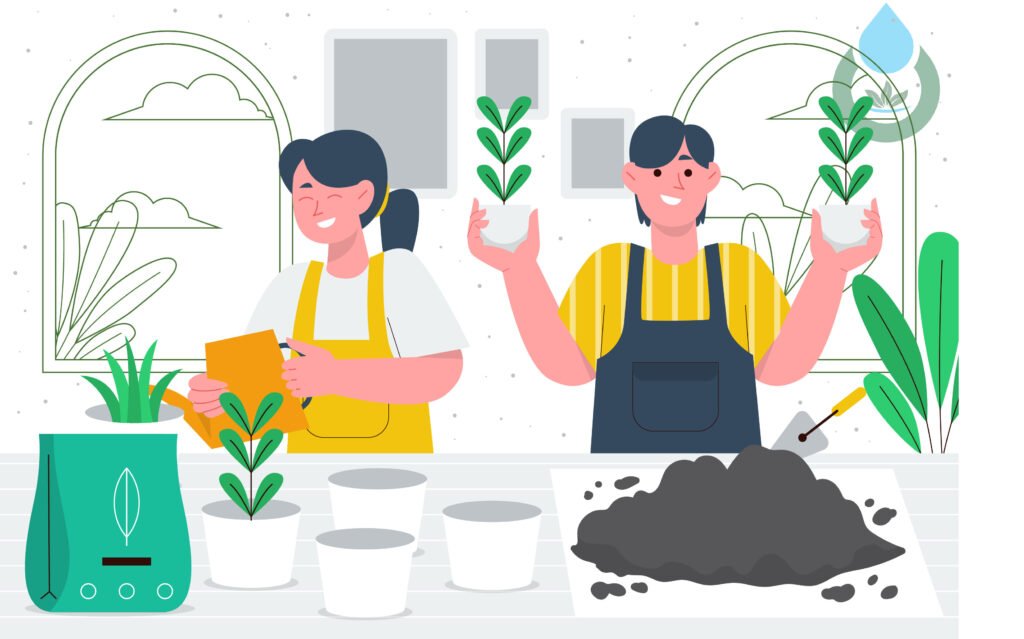Plants are a beautiful addition to any home, but they require proper care to thrive. Whether you are a seasoned plant parent or a beginner, these tips will help you keep your plants healthy and happy.
1. Choose Healthy Houseplants
When selecting plants for your home, choose ones that are free from pests and diseases. Healthy plants are more likely to flourish in your care.
2. Consider Your Light and Space
Each plant has different light requirements. Make sure to place your plants in locations that receive the appropriate amount of sunlight based on their needs.

3. Complement Your Decor
Choose plants that not only suit your living space but also complement your decor. This way, your plants will not only be a source of greenery but also enhance the aesthetics of your home.
4. Select Your Potting Soil Mix
Use a well-draining potting mix that is suitable for the type of plant you have. Good soil will provide essential nutrients and allow for proper root growth.
5. Water Indoor Plants Properly
How Do I Water My Plants? Essential Tips
Watering is crucial for plant health. Ensure you water your plants according to their specific needs, taking into account factors such as plant type, size, and environment. (How Do I Water My Plants?)
6. Fertilize Indoor Plants Regularly
Plants need nutrients to thrive. Fertilize your indoor plants according to the instructions provided on the product packaging to promote healthy growth.
7. Control Houseplant Pests
Keep an eye out for common pests like spider mites or aphids. If you notice any signs of infestation, take immediate action to prevent further damage to your plants.

8. Provide Adequate Humidity
Some plants require higher humidity levels to thrive. Consider using a humidifier or misting your plants to create the optimal environment for growth.
9. Maintenance Tips for Indoor Plants
Regular maintenance is key to keeping your plants healthy. Here are some additional tips to ensure your plants thrive:
- Rotate plants for even growth
- Repot when needed
- Wipe down leaves to remove dust
- Remove dead or yellowing leaves promptly
- Plan for pests and take preventive measures
10. Watering Frequency
Watering frequency depends on the plant type and environmental conditions. Here are some general guidelines to help you determine how often to water your plants:
- Plants in bright light may need more frequent watering
- Plants in lower light require less water
- Look for visible signs of thirst like drooping stems or dry soil
Remember to water thoroughly until excess water drains out of the pot to ensure proper hydration.
Conclusion
Caring for your plants is a rewarding experience that can bring life and beauty to your home. By following these tips, you can create a thriving indoor garden that will brighten up your living space.





